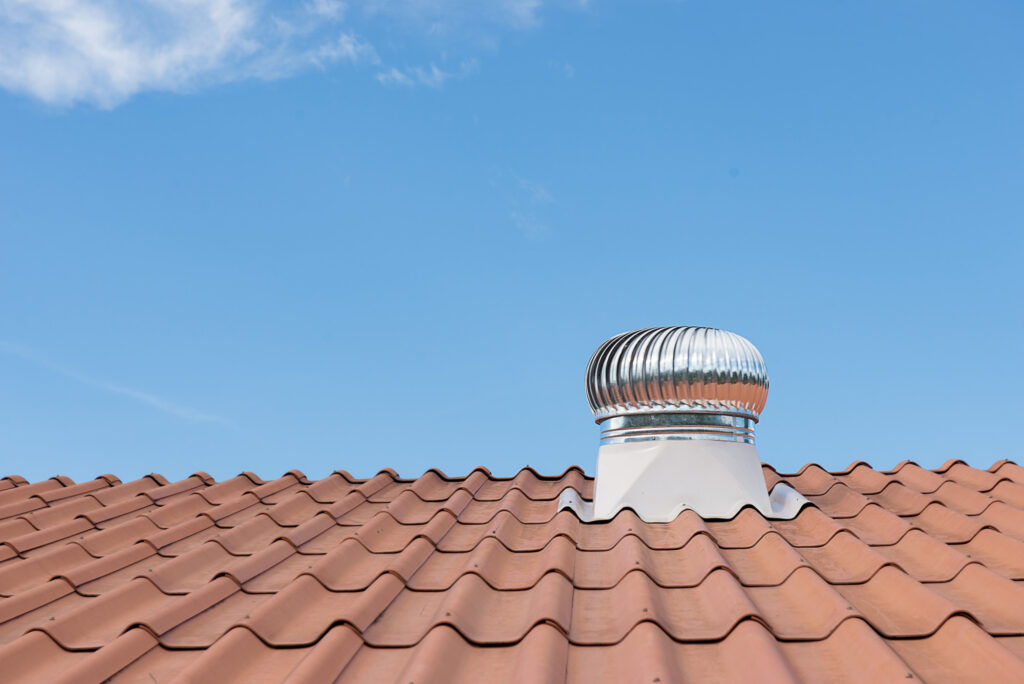What Are the Different Types of Roof Vents?
The average asphalt shingle roof will last up to 25 years.
Beyond that, you may start to notice flapping shingles, roof leaks, or higher utility bills. These are all signs that it’s time for a roof replacement.
But, did you know that proper attic ventilation can extend the lifespan of your roof?
That’s right, adding vents to your roof creates the airflow your attic needs to prevent water leaks, ice dames, and buckled decking. Read on to learn about the different types of roof vents so you can pick the best ones for your home.
Ridge Vent
One of the most common types of roof vents is the ridge vent. This vent sits along the entire length of the roof’s peak. Since hot air naturally rises, it works by releasing hot air from the peak of your attic.
This is a popular choice for many homeowners because the ridge vent blends into the roof. It’s not noticeable, which is why many people prefer them for aesthetic reasons. You’ll just need to pair a ridge vent with soffit vents.
Box Vent
Box vents are the second most common type of vent. Your roofing contractor can install these by cutting small square holes in your roof. Then they’ll install roof vent covers to keep moisture from going inside the vent.
You can choose either metal or hard plastic covers. You’ll also need to install multiple box vents along the ridge of your roof for the ventilation to work.
Roof Turbine Vent
While wind turbine vents are more common in barns and larger buildings, they’re also an option for residential homes. When the wind blows, the turbine will spin and release hot air from the attic.
These aren’t the most efficient vents available, but are comparable to box vents. Another downside is they only work when the wind blows. Since they have moving parts, they also wear out sooner than a ridge vent would.
Gable Vents
Unlike the other types of vents, gable vents aren’t actually installed in the roof itself. Instead, you’ll see them in the side of the house, just below the roof’s peak.
They featured louvered slats that allow air to pass through the attic. They have a stylish look, but strong winds can blow rain and other precipitation into the attic.
Soffit Vents
Many roof ventilation systems pair soffit vents with other types of vents. These vents sit under the eaves or the roof overhang. They work by drawing fresh air into the attic from the bottom.
Then, hot air from the attic gets sent outside through either a gable vent, a ridge vent, a box vent, or a turbine vent. They are a critical part of ventilation systems. But, they can be damaged by animals like squirrels if they’re looking for a way into your home.
Different Types of Roof Vents
Whether you’re looking for something aesthetically pleasing or useful, there’s many different types of roof vents to choose from. The most critical thing is that you need some type of vent to protect your roof.
Whether you’re buying a house, selling your home, or just want to learn how to maintain it, keep scrolling our blog for more helpful information.
